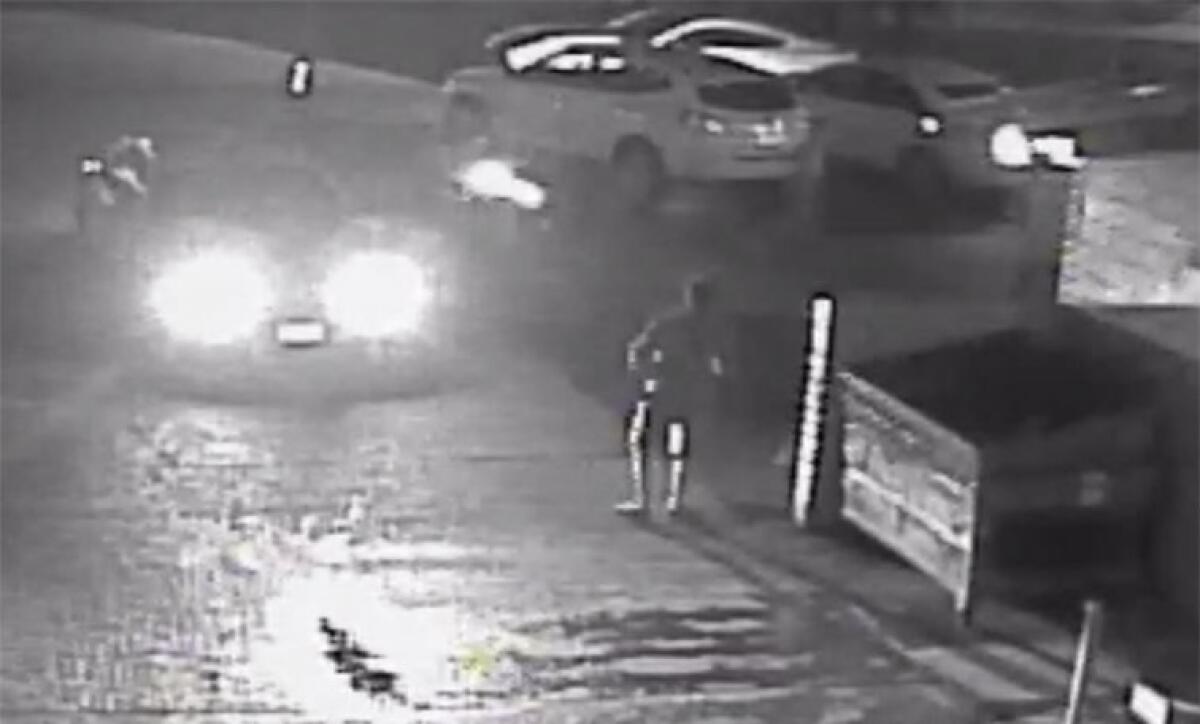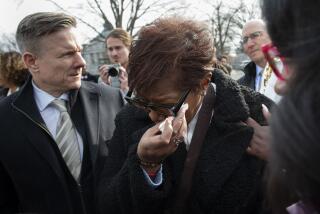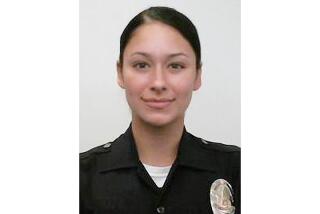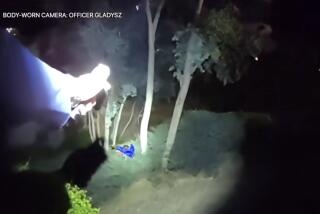San Diego settles lawsuit over 2015 fatal police shooting for $3 million

SAN DIEGO â A civil rights lawsuit filed by the family of a man who was shot to death by a San Diego police officer in a Midway District alley in 2015 has ended with a multimillion-dollar settlement, marking a conclusion to one of the cityâs most controversial police shootings.
The family of Fridoon Nehad, who was 42 when he was shot by Officer Neal Browder just after midnight on April 30, 2015, will receive $3 million under the terms of the agreement filed in court Friday. The settlement must still be approved by the San Diego City Council, which is on recess and not scheduled to meet until September.
Nehadâs family had always contended that the shooting was unnecessary, and in its lawsuit had claimed that San Diego had a long history of âwhitewashingâ police shooting investigations, with officers facing little or no discipline for their actions.
Dan Miller, the lawyer for the family, said after years of litigation the city ultimately saw fit to end the case.
âThis was a tragedy that resulted from the unjustified shooting of an unarmed man,â he said. âWe are pleased that the City has belatedly decided to step up and resolve the case.â
A spokeswoman for City Atty. Mara Elliott declined to comment on the settlement while the City Council action is pending.
Nehadâs family filed the civil rights suit against the city in federal court in June 2015, contending among other things that Nehad posed no reasonable threat to Browder when he was shot. An investigation showed that Browder was 17 feet away from Nehad when he opened fire.
Browder was responding to a report from a worker in an adult bookstore in the area that a man was threatening people with a knife. As Browder pulled up to an alley, he did not turn on his police lights but did use his car spotlight to illuminate the area.
Though outfitted with a body camera, Browder failed to turn it on. The encounter was captured by a security camera from a nearby business.
Nehad walked toward the patrol car, holding something in his hand that Browder later told investigators he believed was a knife. It turned out to be a blue pen.
Browder got out of his car, with his gun pulled out and pointing down the alley. Five seconds after getting out of his car, Browder fired at Nehad, hitting him in the chest. The video then shows him immediately sprinting down the alley to attend to the fallen Nehad.
Browder, when first interviewed at the scene of the shooting, told investigators that he had not seen any weapons. But when formally interviewed five days later â after being given time to review the videotape with his lawyer â he said he thought Nehad was holding a knife, and that he was âaggressingâ him.
A police internal review found no fault with Browder, at the time a 27-year veteran of the department. Then-Dist. Atty. Bonnie Dumanis also concluded that the shooting was justified, and Browder would not face charges.
By that time the family had filed its lawsuit. In 2017 U.S. District Court Judge William Q. Hayes ruled in favor of the city and threw out the suit. He ruled the facts of the case supported Browderâs contention that Nehad was advancing toward him and posed a threat.
But two years later the U.S. 9th Circuit Court of Appeals overturned that ruling, finding that there were several issues where there was a factual dispute over Browderâs actions that a jury should decide.
The appeals court said there were questions about Browderâs credibility, whether Nehad actually posed a threat, and if Browder had given any commands or could have used a variety of less-lethal options. In each of those instances the court said a jury could decide if what Browder did was reasonable or not.
The case, which was set to go to trial in September, was to be conducted in separate phases, covering liability first, then damages if the city was found to be at fault. The liability portion would have been when the cityâs shooting review policies would have been examined.
Miller had persuaded a judge to require the city to give access to all shooting investigation records from 2013-15. An expert hired by the defense reviewed those records â they covered 20 total shootings, fatal and nonfatal â and concluded 75% were avoidable and an unnecessary use of force, according to court records.
Lawyers for the city disputed that, contending the expert was not qualified to give opinions on police shooting investigations and internal affair investigations, and his review of the shootings files was not reliable.
More to Read
Sign up for Essential California
The most important California stories and recommendations in your inbox every morning.
You may occasionally receive promotional content from the Los Angeles Times.











